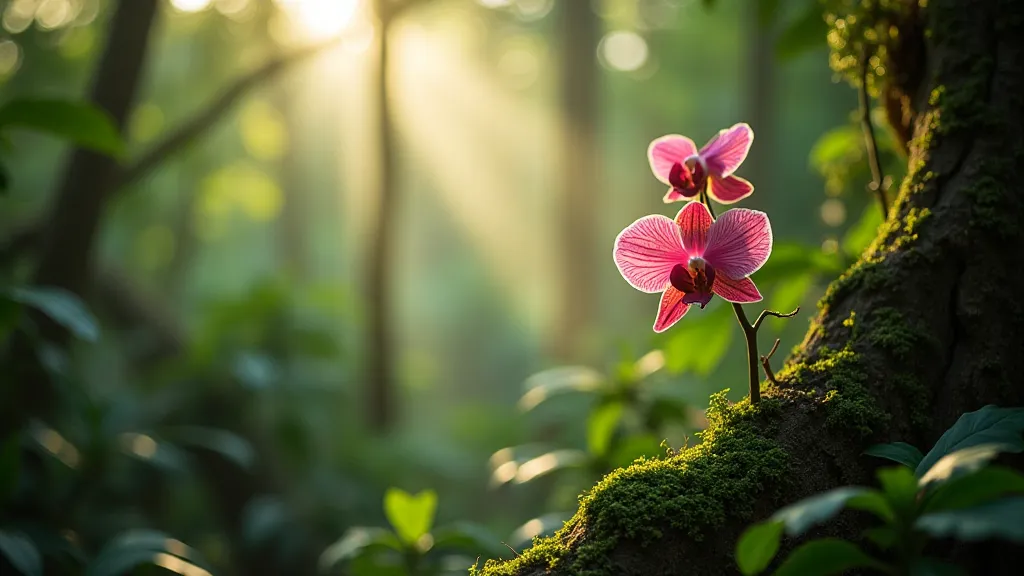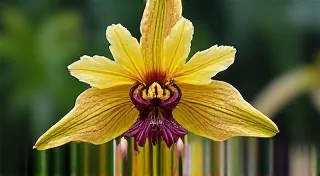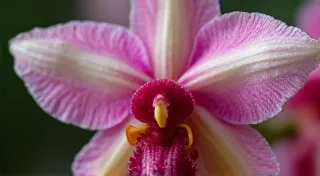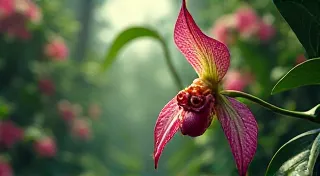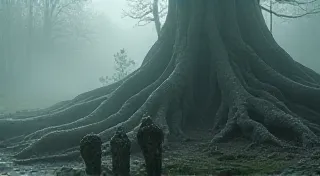Common Orchid Identification Mistakes and How to Avoid Them
Even experienced enthusiasts make mistakes! Identifying orchids, particularly rare and unusual species, can be a rewarding but challenging endeavor. It requires careful observation, a critical eye, and a willingness to learn. This article addresses common pitfalls that can lead to misidentification and provides practical advice on how to avoid them.
The Challenge of Orchid Identification
Orchids are notoriously diverse, with thousands of species exhibiting incredible variation within single populations. Factors like growing conditions (light, temperature, humidity), hybridity, and even the plant’s stage of development can dramatically alter its appearance. Relying on a single characteristic – like flower color alone – is rarely sufficient for accurate identification.
Common Mistakes and How to Correct Them
1. Over-Reliance on Flower Color
While flower color is a significant identifying feature, it's often variable. Hybrid orchids, in particular, display a dizzying array of color combinations. Don't stop at just noting the color – consider the shape of the petals and sepals, the markings on the lip, and the overall floral structure.
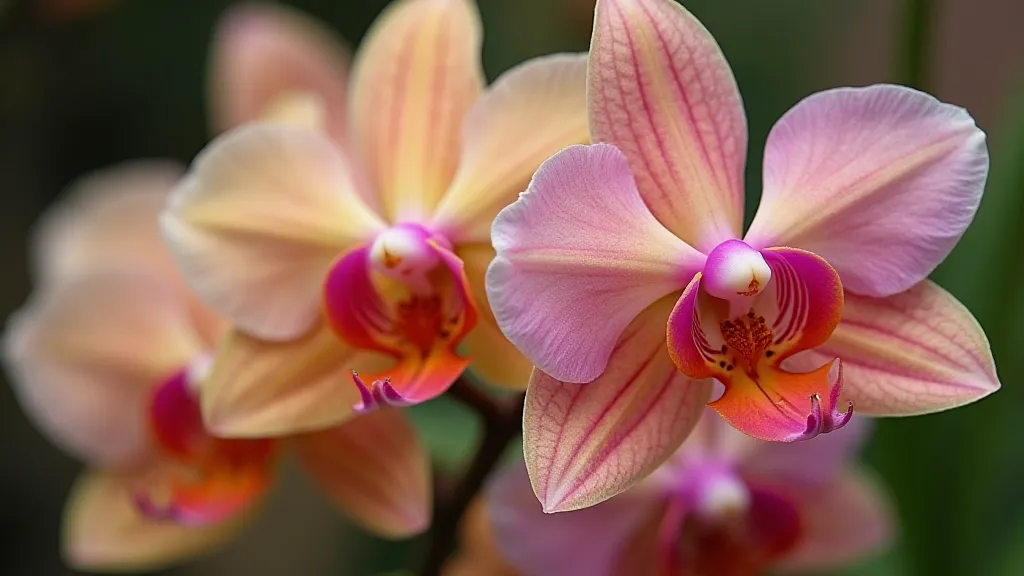
2. Ignoring the Leaves and Stems
Many orchid species can be distinguished by their foliage. Consider leaf shape (oval, lanceolate, elliptic), size, texture (thick, thin, hairy), and arrangement (alternate, opposite, whorled). The growth habit (epiphytic, terrestrial, lithophytic) and stem type (pseudobulbous, leafless cane, rhizome) are also crucial clues. Even seemingly minor details like the presence or absence of spines on the stem can be significant.
3. Neglecting the Habitat
Knowing where an orchid grows provides valuable context. Different orchid species have specific habitat preferences – altitude, climate, soil type, and association with other plants. While range can shift, the typical habitat often narrows down possibilities considerably. A terrestrial orchid isn't going to be found growing on a tree branch!
4. Misinterpreting Hybridity
Hybrid orchids are widespread. Understanding the parentage of a hybrid can be difficult, and identifying them as pure species is a frequent error. Hybrids often exhibit traits from both parents, making identification exceedingly complex. Researching known hybrid crosses in a region can be helpful.
5. Ignoring Subtle Details
Orchid identification often hinges on seemingly insignificant details. These might include the number of veins on the lip, the presence of keels or spurs, the texture of the roots, or the shape of the pseudobulbs. Magnification can be invaluable for observing these fine characteristics.
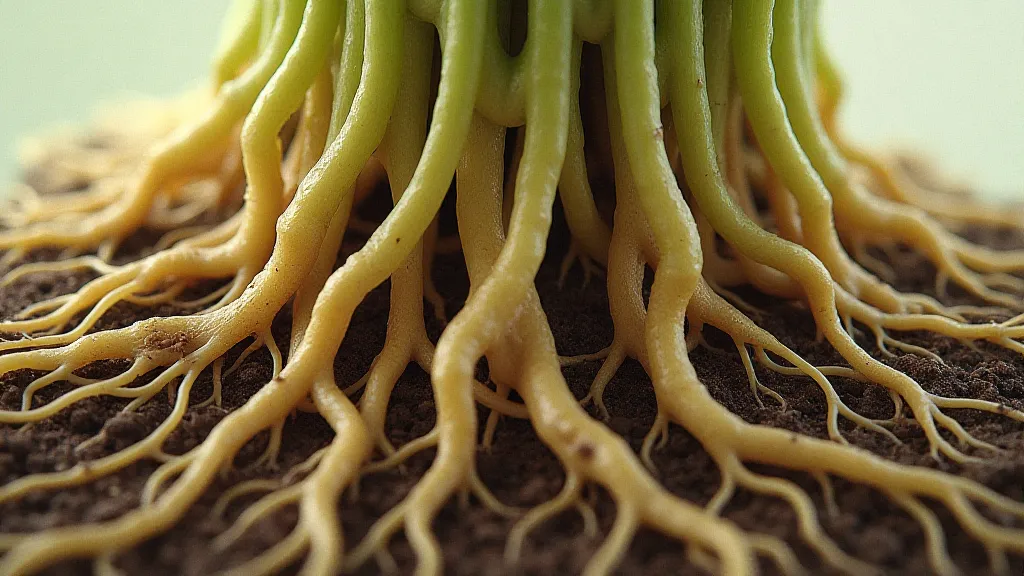
Tips for Accurate Identification
- Consult Multiple Resources: Don't rely on a single guide or website. Compare descriptions and images from various sources.
- Take Detailed Notes: Record all observable characteristics, even if they seem unimportant at the time.
- Photograph Everything: Capture multiple angles of the plant, including flowers, leaves, stems, and roots.
- Join Online Forums and Groups: Seek advice from experienced orchid enthusiasts.
- Compare with Known Specimens: If possible, compare your specimen with identified orchids in botanical gardens or collections.
- Understand Botanical Terminology: Familiarize yourself with common botanical terms for describing plant structures.
The Joy of Discovery
Orchid identification is a journey of continuous learning. Embrace the challenges, celebrate the small victories, and enjoy the thrill of discovering the incredible diversity of the orchid world. Even when mistakes happen (and they will!), they offer opportunities for further study and refinement of your identification skills.
